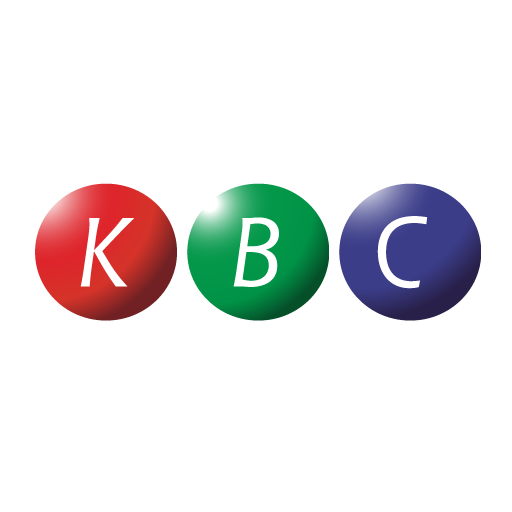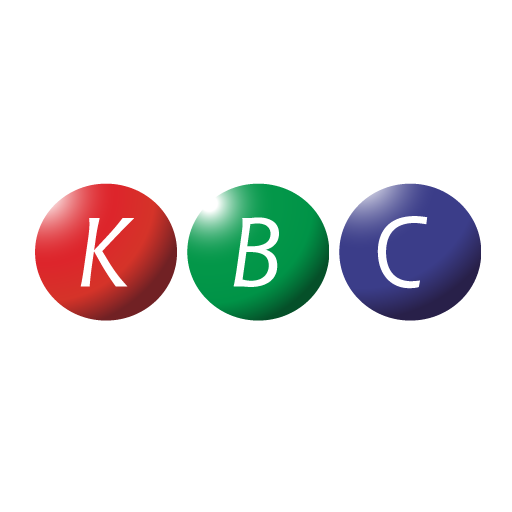The Ministry of Trade is developing a framework to overhaul Kenya National Trading Corporation (KNTC) organisational and governance structures in a bid to maximise on delivery.
In a statement, Trade Cabinet Secretary Rebecca Miano says the reform framework will focus on partnering with local and regional financial intermediaries specialising in trade and commodity financing.
Similarly the ministry plans on developing and operationalising policies that will anchor KNTC as the foremost strategic national asset for price stabilisation of essential food items and consumer goods as well as making KNTC the entity that will support a market stabilisation mechanism to protect the interests of Kenya’s farmers.
Additiinally the framewok will also enhance KNTC’s capacity to mount a robust commodities distribution of commodities with a nationwide network.
“Making KNTC a fully operational buffer for maintaining stocks of food grains to enhance Kenya’s food security and safety.” The statement read.
Adding that: “Establishing a policy and regulatory framework with an inbuilt continuous review
mechanism to support the institution play its role effectively.”
According to the statement this exercise is geared to attain a number of outcomes including; Open-source procurement that allows sourcing of goods and products at the best available market prices (from a broad range of suppliers) to mitigate high costs
of procurement and large subsidies on distribution.
This as well as outsourcing logistics to private sector to improve efficiency in the movement of goods right from procurement stages to distribution to lower capital
expenditure particularly with regard to logistics.
Further it will localise presence to ease local procurement, distribution of products, and information collection and dissemination and will have a robust inventory management systems to track goods from procurement to points of sale to mitigate leakages or wastage.
The framework will also include effective checks and balances to reduce the risk of fraud, embezzlement, and
other malpractices that have a bearing on the cost of commodities.
Additionally it will have contractual staffing especially in lower ranks and regional levels to provide
flexibility in managing labour costs and resources and have export promotion where there are surpluses in stock to develop markets for local producers.





